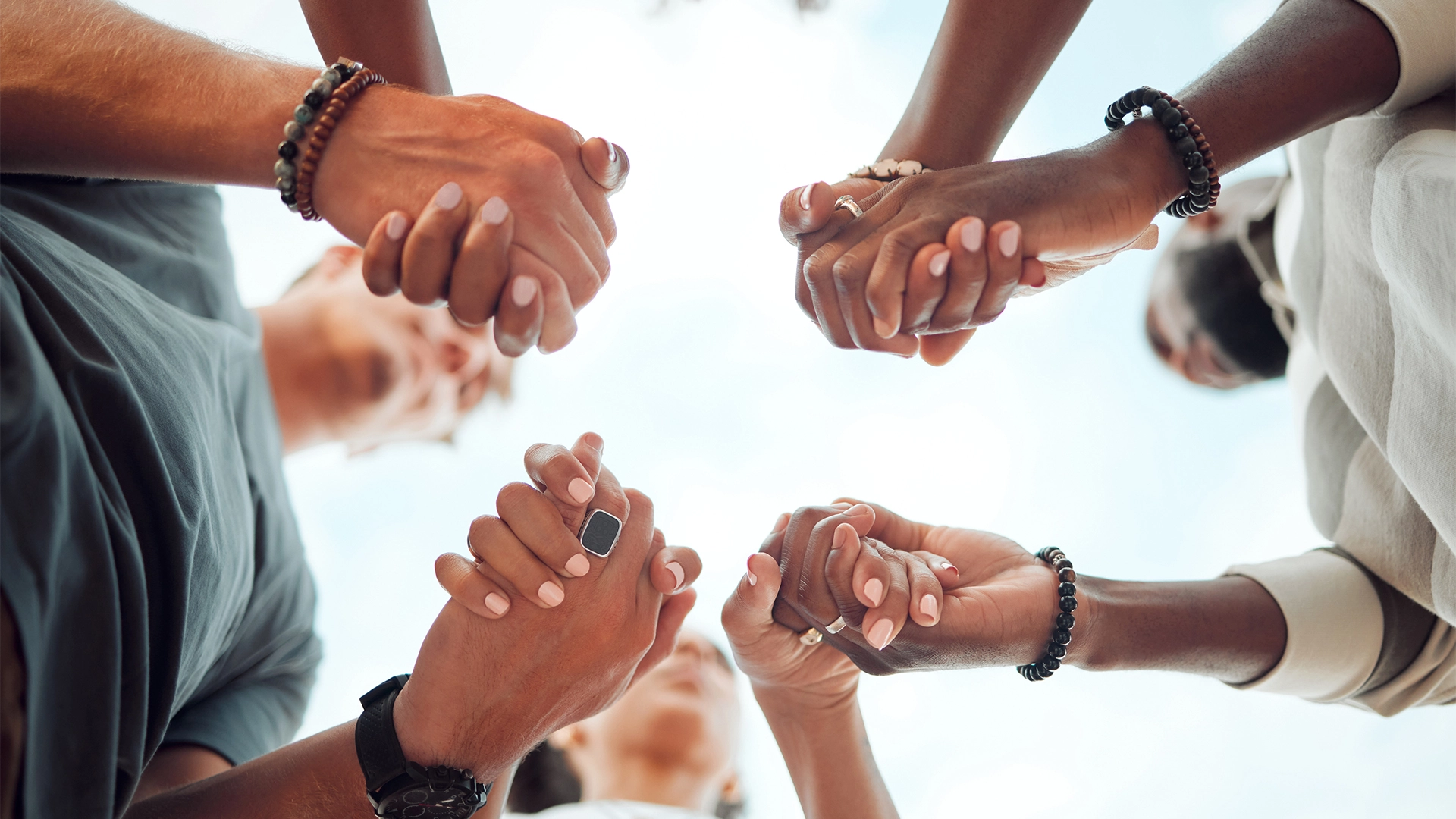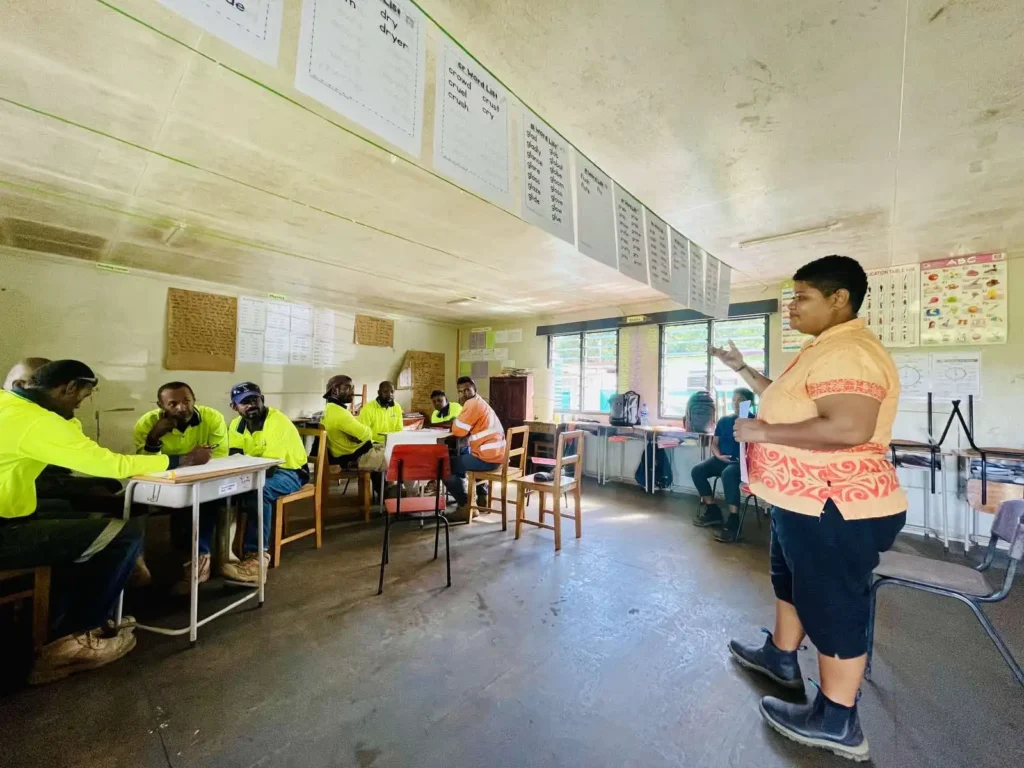
Convening and mobilising a diaspora from a particular country as a community can benefit both people and places. To have the greatest impact, the diaspora population needs to be organised and focused in its actions.
As a context for the potential impact of diaspora communities, consider that a diaspora population includes people who have emigrated over the recent one or two generations, their descendents, and the newly displaced which may be hundreds of thousands. The diaspora grows every year and can represent a population as large as that of the country of origin.
Diaspora communities often grapple with identity challenges, needing to reconcile their cultural norms with those of their host countries. They might confront discrimination, or face barriers accessing services, rooted in language and systemic nuances. A diaspora population forced to relocate initially puts pressure on housing, poverty alleviation, food distribution, and education for a country receiving the group. Host nations, while standing to gain immensely from the diaspora’s contributions of skills and ideas, may harbor concerns about potential job displacement or cultural shifts.
The impacts of this collective group in each destination country as well as on the country of origin has significant consequences – opportunities and challenges – for all.
Diaspora communities and the SDGs
At the highest aspirational level, convening a large diaspora population as a community can help toward the attainment of the Sustainable Development Goals (SDGs) established by the UN. The more that the diaspora members work together and support each other, the more it can reduce the effects and even provide positive outcomes. Having a structured organisation and community provides a framework for furthering specific SDGs and for building a stronger civil society.
SDG 1: A major challenge for achieving the SDGs is the unequal distribution of resources around the world – food, water, healthcare. SDG 1 specifically calls to eliminate poverty. While the world is getting better at more equitable distribution, the movement of people can also address these challenges. Over time, many immigrant populations become established in their new country and have economic success. With more resources within a diaspora population, there is the possibility to send remittances to their country of origin as well as bring people to wealthier, better resourced countries. Money can be utilised productively by families and individual beneficiaries. An organized community effort by the diaspora population can generate more funds and a shared use of funds that has greater impact.
SDG 3 and 17: Good health and wellbeing (SDG 3) and global partnerships (SDG 17) can be furthered by an organised community based on a diaspora population. If a displaced group has access to resources in their new country, from those who came before, there will be much greater well-being for them. If the diaspora in the destination country is organised, they can be supportive. If the diaspora population is scattered and disconnected from each other, they cannot help those who come after them. Similarly, it is partnerships within the diaspora community, with local groups, and with the home country that can have the greatest positive impact for wellbeing and the global good. Greater good from a bigger network.
SDG 4 and 9: A forced migration is a significant mobilisation of human capital and expertise in a relatively short time. A new or rapidly increasing diaspora community may bring local technology and, in turn, can return technology to the home country. Where there is an organised effort, there can be training, in-person and remote, for and by the diaspora community that might not have been available to them before. This builds human capital on a global basis with expertise in more current or relevant technology aligning with SDG 4 (education) that targets inclusive and equitable quality education for all.The diaspora can also extend the benefits of the education through partnerships and as they communicate with and visit relatives and friends. There are many examples of this including how the United States and other countries are working with Ukraine with and for their diaspora resonating with SDG 9, which promotes resilient infrastructure, inclusive and sustainable industrialization, and fosters innovation.

Benefits beyond the SDGs
Over the longer term, the connections of a diaspora with the home country can lead to more effective multi-national corporations with a better cross-cultural understanding and greater mutual respect. It can also lead to new corporate models that evolve from the interactions of different cultures.
Diaspora members with the right credentials and experience are well placed to forge bilateral relationships between home and host countries, developing and staffing first-time embassies, and providing a hub to host other diplomats. This official diplomatic voice abroad may attract the notice and interest of locals and encourage them to become involved in overseas development projects and/or professional opportunities and existing and future displaced diaspora.
Additionally, prominent figures such as athletes, writers, and academics may leverage their position and public voice to serve as informal ambassadors. Having a structured ambassadorship program helps deploy these spokespeople to build reputation, cultivate goodwill and, in cases like Ukraine in the current war, advance an international awareness of the urgent and ongoing need to support democratic rights and a free society.
Conclusion
Members of a diaspora should form a community of mutual support and purpose on behalf of the home country. Many of the benefits of a diaspora can best be realised with a structured community that fosters and implements programs to address their needs. The SDGs serve as a guiding beacon for members and are a helpful framework for determining the purpose and possibilities of a structured diaspora effort.
This article is part of a four-part series that explores the vital role of engaging a significantly large diaspora population in democratic societies. The first article in this series delves into why and how a diaspora should serve both its member community and their home country, providing insights into the fundamental concepts. Read the first article: Diaspora as Community of Impact.
By Kathy Edersheim and Gretchen Dobson .
Kathy Edersheim and Gretchen Dobson are co-authors of this four-part series on building diaspora communities. Kathy is president of Impactrics, an organisation of experts in international alumni relations, community development and leadership training that provides consulting to universities and membership organizations. Gretchen is a global engagement strategist, author and academic with 30 years’ experience across six continents. She serves as Associate Director, Scholarships, for Tetra Tech International Development.



